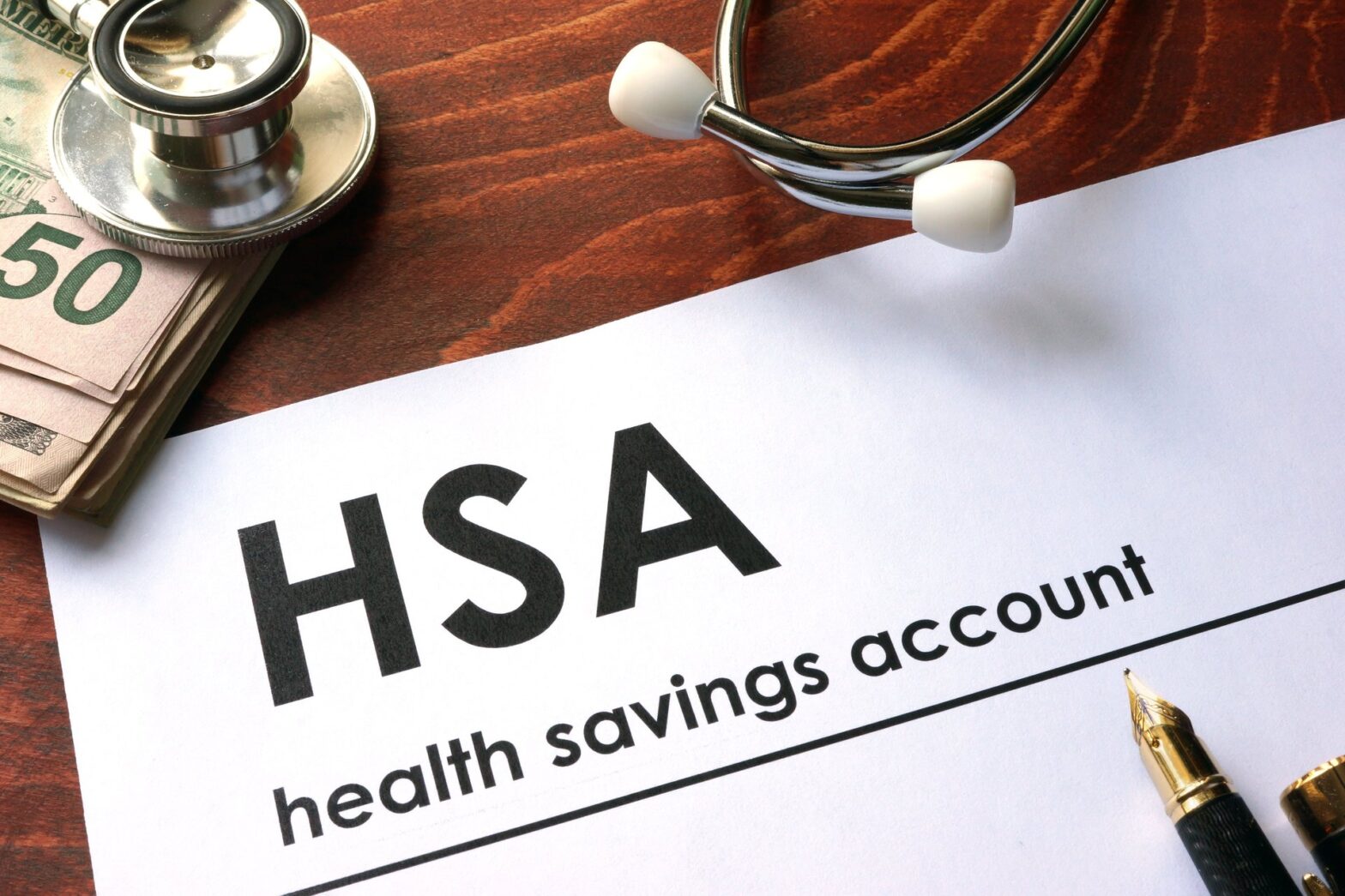Often misunderstood and underutilized, health savings accounts (HSAs) offer a unique combination of tax advantages and financial flexibility that few other accounts offer.
As healthcare costs rise, an HSA can be a game-changer in immediate medical costs and long-term savings. According to Fidelity, the average retired couple needs $315,000 for healthcare costs in retirement.
Using your HSA wisely can help you manage these costs while saving money. HSAs aren't just for paying medical bills – they can also serve as a tax-deferred investment vehicle and retirement planning strategy.
Whether you're new to HSAs or looking to get more out of your account, these strategies can help you maximize your savings and minimize health care costs.
1. Deposit the maximum amount
To get the most out of your HSA, you should contribute the IRS maximum amount each year.
For 2025, the caps are $4,300 for individuals and $8,550 for families. Contributions are tax deductible and reduce your annual taxable income. If your employer offers HSA contributions, take full advantage of these funds as they can significantly increase your account balance.
Even for small amounts, regular contributions add up over time and provide a buffer for unexpected medical expenses or long-term health needs.
Pro tip: If you have a high-deductible health plan, you should have a health savings account. Check out Lively HSAs.
2. Treat it like a retirement account
Many people use HSAs only for immediate medical expenses, but they can also be an effective retirement planning tool.
The funds in an HSA roll over annually and can be invested in mutual funds, ETFs or stocks, allowing your balance to grow tax-free. After age 65, withdrawals for non-medical expenses are taxed like traditional retirement accounts, but qualified medical withdrawals remain tax-free.
Use this benefit to complement your 401(k) or IRA and help cover retirement savings costs without depleting your primary savings.
Pro tip: Gold has been a reliable hedge against uncertainty for centuries. Find out more by visiting here.
3. Keep the receipts and reimburse yourself later
A lesser-known HSA strategy is to pay medical expenses out of pocket and keep the receipts.
The IRS allows you to reimburse qualified expenses at any time, even years later, as long as the expenses were incurred after the account was opened. This means your HSA funds stay invested longer and grow tax-free.
For example, saving $1,000 on receipts today and repaying yourself in 10 years could result in significantly higher account growth. Just make sure you keep detailed records of expenses for IRS documentation.
Pro tip: Make as much money as possible from your emergency savings. SoFi Checking, for example, offers 4% interest plus a potential $300 sign-up bonus. (Subject to change without notice.)
4. Invest your HSA funds wisely
If your HSA provider allows it, invest a portion of your account in growth-oriented options such as stocks or index funds. Many HSAs offer a tiered system where funds can be invested starting at a certain threshold (e.g. $1,000).
Treat this part like a retirement account and select investments based on risk tolerance and timeline. Since medical expenses are inevitable in retirement, growing these funds tax-free can save you thousands over time.
Monitor your investments regularly to ensure they are in line with your goals and adjust as necessary.
Pro tip: If you have at least $100,000 in investments, check out a free service called SmartAsset. You fill out a short questionnaire and will immediately be matched with up to three certified financial advisors in your area.
5. Avoid unnecessary withdrawals
While it's tempting to use your HSA for all medical expenses, you should think of it as a long-term savings tool. By covering smaller out-of-pocket costs, your HSA balance can grow and improve over time.
Reserve these funds for larger, unexpected medical emergencies or future healthcare needs. This will ensure that your HSA remains a powerful financial resource, especially in retirement when healthcare expenses are likely to increase.
By avoiding unnecessary withdrawals, you can maximize your account's growth potential and build a significant safety net for the future.
Pro tip: Get access to affordable healthcare today with a quick two-minute consultation that connects you with certified providers for personalized telehealth treatment plans – no insurance required! Click now to start your journey to better health!
Your HSA: A tool for today and tomorrow
An HSA is more than just a savings account – it's a versatile financial tool that can benefit you now and in the future.
By maximizing contributions, investing strategically, and preserving funds for long-term needs, you can realize the full potential of your HSA. Whether you're saving for next year's medical expenses or preparing for healthcare costs in retirement, these tips will help you get the most out of every dollar.
With thoughtful planning, your HSA can be a cornerstone of your financial health and peace of mind.
